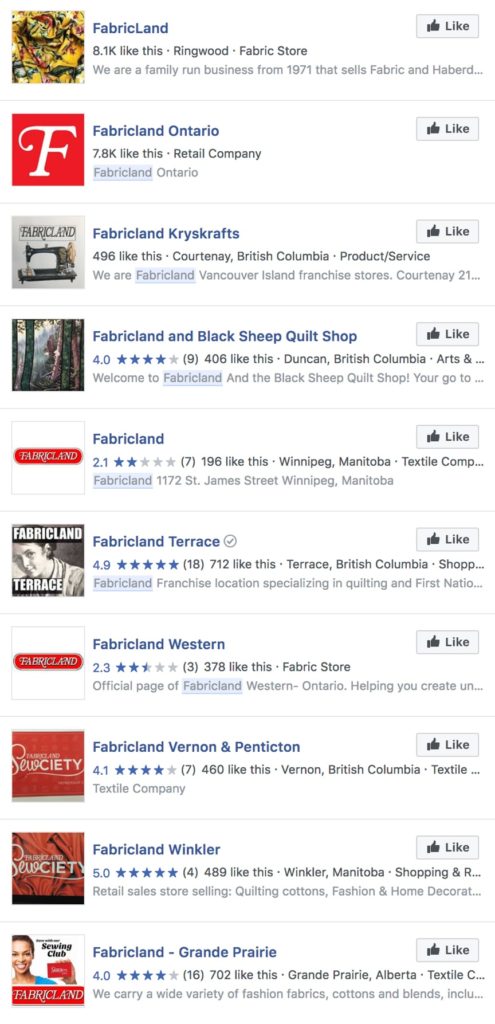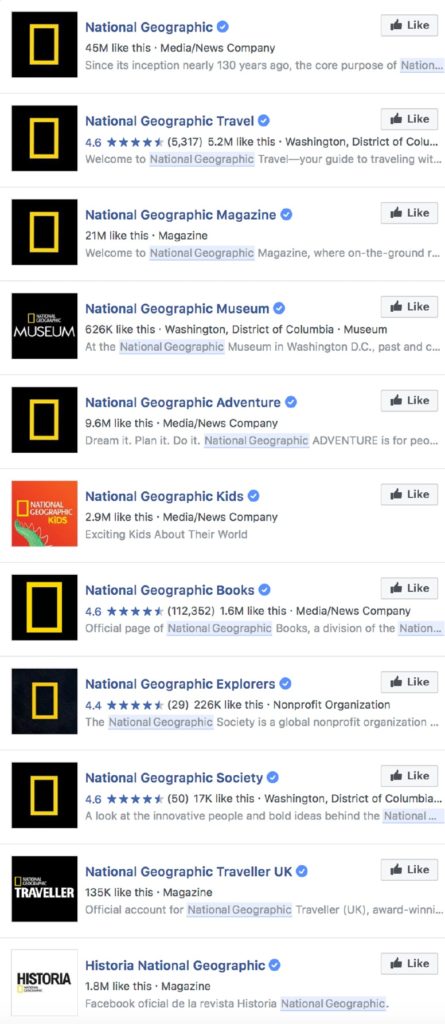
The journey a customer takes when purchasing from or interacting with a company is no longer a straightforward endeavor. It has shifted to include an impressive number of channels and touchpoints. Here’s a personal example of my customer journey from just last week:
- While browsing the internet, I see an ad for glasses, one apparently triggered by my previous search history. The company’s name is familiar because they advertise on podcasts I enjoy.
- I visit their website and see some pairs I like.
- A few days later, I try on glasses at their shop, with the help of sales staff, but I don’t buy anything.
- At home, I sign up for their e-newsletter and wait for an online promo code.
- Using the promo code, I purchase a pair online.
What does this shift have to do with brand guidelines? According to a 2014 customer service survey by McKinsey of 27,000 American consumers, creating a consistent customer experience was found to be critically important. And it’s not just about addressing each touchpoint in isolation. Across the 14 industries studied in the survey, the quality of the cumulative customer experience matters even more.
So, the more interactions a business has with a customer, the more opportunities there are to succeed or fail at providing a great customer experience. To add to that complexity, the sheer variety of different marketing media multiplies the variables to contend with. Comprehensive brand guidelines, when used faithfully, can help your business mitigate these challenges.
What are Brand Guidelines?
Brand guidelines (also known as “style guides” or a “brand book”) are developed to catalogue major decisions and rules made regarding a company’s brand identity. These guidelines are key to creating consistent and impactful communications. While the document is generally created by a graphic designer, it should be made with a general audience in mind, and be accessible by the entire company.
Brand guidelines are considered a living document that can be added to, or modified, as brands evolve – albeit with great care. As a result, it can be as condensed as a single sheet or as elaborate as a bound book, depending on the company and the intricacy of their visual identity.
What do Brand Guidelines include?
Typically, brand guidelines include the following 5 sections: Colour Palette, Typography, Logo Treatments, a mood boards, and brand voice (writing style) to be used.
1. Colour Palette
Your brand colours are used on everything related to your business, from your store uniforms to your website. Over time, they can become as symbolic of a brand as a logo – like Tiffany blue, or John Deere green-and-yellow. To ensure you get the exact shade right across digital and print media, colour information needs to be defined in a standardized way. The commonly used systems by printers and designers are:
- Pantone Colour Match
- CMYK for print colour
- RGB and HEX codes for digital colour
2. Typography
Typefaces in your visual communications need to be identified. This means looking beyond the logo font and considering what is needed for different aspects of your business. For instance, large pages of text, like a manual or webpage, will need a typeface that is both complementary to your company’s visual identity and built for readability.
It is also important to describe how different typefaces will be used. Some questions you might address in your brand guidelines are:
- What point size should headlines be?
- Should headlines be stylized in a certain way? (e.g., bold or written in all caps)
- Is the selected font also available as a web font?
- If not, are there acceptable alternatives that should be used?
3. Logo Treatment
For most companies, it is the logo that serves as a brand’s visual identifier. Needless to say, it has to be treated with great care. For the logo, brand guidelines will usually focus on the following topics:
- What is the minimum acceptable logo size for web and for print use? This is to ensure your logo is always readable, no matter where it is used.
- What backgrounds are acceptable to use with your logo? Certain backgrounds might clash with your brand colours or may be too visually busy.
- Are there any logo variations that can be used under special circumstances? For instance, a monochrome version of your logo is a versatile addition to your visual assets.
- Are manipulations, such as stretching, rotating, or isolating pieces of the logo, permitted? Usually, the answer is no as it leads to inconsistency.
- How much space should be left between your logo and other text or images? This is called ‘clear space requirements’. It ensures that your logo isn’t cluttered by other elements on the page and therefore has sufficient visual impact.
For companies with a more developed brand identity, they may also incorporate items similar to what you might find in a company’s marketing plan. These topics consist of declaring a mission statement, determining a brand personality, defining a target audience, and confirming the values of the company. In these cases, brand guidelines refer less and less to solely the visual and are now about a company’s “personality” and how to properly convey it across all forms of communication.
Some businesses, particularly those who are active or dependent on social media, might continue to expand their brand guidelines to include the following:
4. Mood Board
Mood boards are a collection of images, colours, video clips, GIFs, textures and/or text that are used to communicate an aesthetic or “feeling” of a brand. Will your brand focus on flatlays and pull quotes? Or will it use a mixture of zany GIFs and videos? Is there a certain filter or colour scheme that should be adhered to? These are common questions that a mood board can help answer.
Mood boards can be created using a variety of methods, including a traditional collage, a Pinterest board, or an Instagram feed. While the specific images or concepts used in a board may never end up being published, they are a great tool for internal use. For example, an employee who is choosing images for upcoming social media posts can use this board as a reference for comparison.
(S’well is a great example of a company with a clear and consistent aesthetic.)
5. Brand Voice
Recent studies by Forrester, an American market research company, has identified “values-based customers” as the new trend. It is more important than ever for companies to be clear about their messaging and to make sure it is being correctly represented across all channels. If your company deals with the public about sensitive matters, it helps to elaborate in your brand guidelines what words or topics employees should use and what ones they should avoid. On the creative side, you can also define the tone your employees should convey for customer service. By doing so, customers can have a similar experience online as they do in your store.
Who benefits from Brand Guidelines?
Your New Employees: Employee turnover is an unfortunate reality of running a business. To minimize its impact, it’s important for training to be as efficient as possible; if you don’t have senior employees available to offer guidance, that task isn’t easy. Brand guidelines can function as a manual on how employees should present your company. This helps minimize errors during their transition into a new role.
Your Vendors: If your business does not have an in-house designer, brand guidelines allow you to easily communicate your needs to vendors. For instance, if you need to hire a printer to design company t-shirts, they can make sure it is brand-compliant by referencing the brand guidelines.
Your Investors: If your company is small, or just starting up, a well-executed brand demonstrates to potential investors that you are detail-oriented and serious about your endeavour.
Your Customers: If your advertising looks disorganized, or if the messaging from your store clerks are incongruous, then you are likely to lose the confidence of potential customers. As we mentioned earlier, today’s consumers are particularly concerned about company values. To accidentally contradict these stated values publicly could have quite a negative impact.
Your Company: If you have a large company, brand guidelines help your employees to deliver a consistent customer experience across cities or countries – a unified front to the world. This includes every aspect of the business, from packaging to customer service. Brand guidelines are also a useful record of why certain decisions were made and this rationale can provide a useful context for making future decisions about your company.
(As much as I adore Fabricland, branding for their social media channels is not the most dependable. The resulting mix of icons and lack of naming conventions can be confusing for customers trying to find the nearest legitimate location.)
(In comparison, National Geographic’s brand guidelines allow for individuality but within a logical framework. The result is a strong visual presence.)
Brand guidelines can be so much more than a few swatches of colour and a logo. While this is not a complete list, we hope that we have communicated the value of brand guidelines and provided a good foundation from which to start. If you have any questions or have a favourite brand identity you’d like to share, let us know in the comments, or contact us today!




